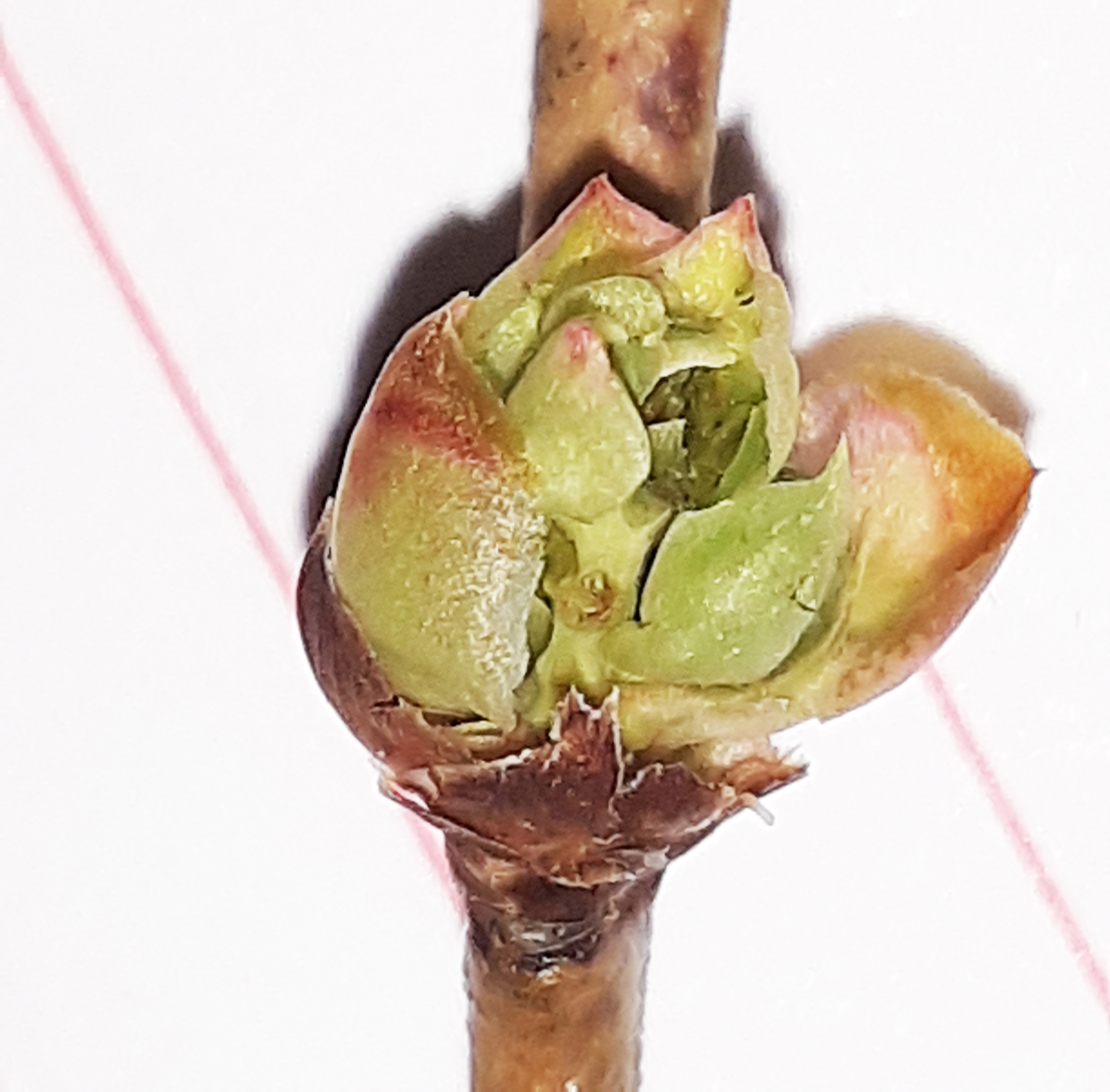West central Michigan small fruit update – April 23, 2019
The small fruit growing season has begun in west central Michigan with the start of the growing cycle of strawberries and blueberries.

Weather update
Temperatures around west central Michigan remain low for the most part and maintain plant growth and development arrested. Average daily temperatures remain in the low 60s with sporadic rains. During the past seven days, the average minimum temperature was 40 degrees Fahrenheit and the average maximum temperature was 67 F. The accumulated precipitation since Jan. 1 is approximately 7.41 inches. Most of the precipitations has been in the form of snow.
Crop update
Strawberries are developing new leaves from the crown. Growers in Ottawa and Ionia counties have not reported winter injury.
Most blueberry varieties in west central Michigan are at different stages of development. Early varieties are at the tight cluster stage, and in mid-season varieties, development goes from early green tip to half-inch green.
The negative impact of winter temperatures on blueberries is not clear yet. Minimum temperatures registered in the area on Jan. 20 and 21 were -10 and -17 F, respectively. A similar situation occurred Jan. 30, 31 and Feb. 1 when minimum temperatures were -5, -2 and -1 degrees, respectively, and again Feb. 19 with -2.7 F. However, unlike 2018, those minimum temperatures were not followed by temperatures above blueberry’s threshold temperatures for development, 45 - 47 F, according to Kirk and Isaacs, 2012. This situation limits the probability of extensive winter damage in early cultivars.

However, a sampling of flower buds from fields in Ottawa County indicated a small number of flower buds possibly affected, especially in Bluecrop fields. Our sampling revealed that when dissected under a microscope, some flower buds in the tight cluster stage showed the king flower with blackened stamens, although the flower bud looks normal from the outside. This is an indication of winter damage. Those flowers will fall off as soon as they open (see photos). Check your fields using these pictures as reference, quantify the potential damage and take the appropriate measures.
Another important observation for this early season is preventing shoot and twig cankers. Last fall, temperatures in the area remained well above 50 F until the first week of November. That allowed extra days for shoot growth after harvest. This late growth did not have enough time to go dormant before the winter temperatures occurred, and most shoot tips were killed. In many fields, we can see winter damage on shoots that continued growing in October. In many instances, they are showing symptoms of Phomopsis infection. Therefore, it is important to apply fungicides to prevent further infections during the season. Please consult Michigan State University Extension’s Fruit Management Guide (Bulletin E0154) for appropriate products and doses.



 Print
Print Email
Email




